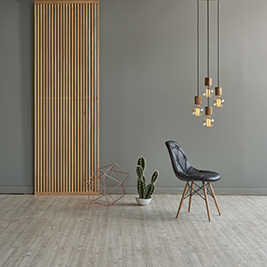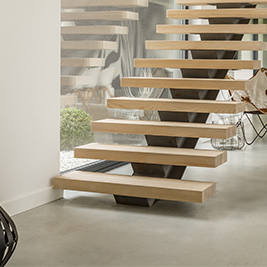Short and Sweet
Miniature plants tend to get overlooked, much to our folly. But like the old adage goes—good things do come in small packages.
Miniature plants are a group by themselves, and should not be confused with bonsai plants. The main characteristic of miniature plants is that their natural growth is very slow. They don’t require any fertilizer, and should not be overwatered. Miniature plants like their time in the sun, so place them in a spot that gets sunlight for about three hours every day. Set them in a trough kept on a high pedestal.
There’s a common misconception that because these plants don’t grow they require minimal maintenance, but that is not true. Miniature trees and shrubs need to be trimmed regularly, just as you’d do with other plants in your garden. They also need more attention with regards to watering, because the roots do not have much scope for spreading. Here are some miniatures you can grow at home.
FLOWERY FEATURES
When it comes to the flowering miniatures, oleander and chandani are the popular ones. An interesting variety of jasmine, called chameli, has stiff branchlets, with dark green leaves and strong-scented yellow flowers. Roses work remarkably as miniatures. The flowers are single-petalled, and since they are small, it gives the impressionthat they are delicate, when in fact they are quite hardy. Miniature roses can be grown as individual pot plants, and a few varieties can also be grown on a low trellis. Noatrum carpet roses are available in white, pink, and peach flowers. When grown close together, they can also work as a ground cover.
Dianthus, primulas, saxifrage, campanula, and daffodils are other flowers you can consider. Most of these tend to be short and heavily leaved, though some of them even work as crawling plants.
HEDGE WAY
If you’re looking for hedge options, miniatures work well. The murraya dwarf grows up to a height of 2 feet and makes for a neat, low hedge. It also flowers during the rainy season. Juniper is another beautiful shrub that has a pointed dome tip. Its growth is so slow, that it actually takes about 40 years to reach a maximum height of three feet. Its leaves are thorny, and since it belongs to the conifer group, its pin- like leaves have a dusty green colour.Miniature junipers should be grown in a compact space to give it a wild, jungle- like effect. Another one, thuja, also belongs to the conifer variety and has the same pin-like leaves. A bushy, but compact miniature plant, it should not be clipped, unless one wants to shape it for a topiary.
GROUP THERAPY
It’s always good to group miniature plants together. Since they are small, they tend to dry out a lot quicker when planted separately. But when you group a few together in a large pot, planter, or even in a bed, it leaves the plants less exposed to strong winds and gusts, ensuring a longer life.
Home calculations made easy to help you plan your home
MISSED CALL
Give us a MISSED CALL for New Home Loan
- 09289200017


































